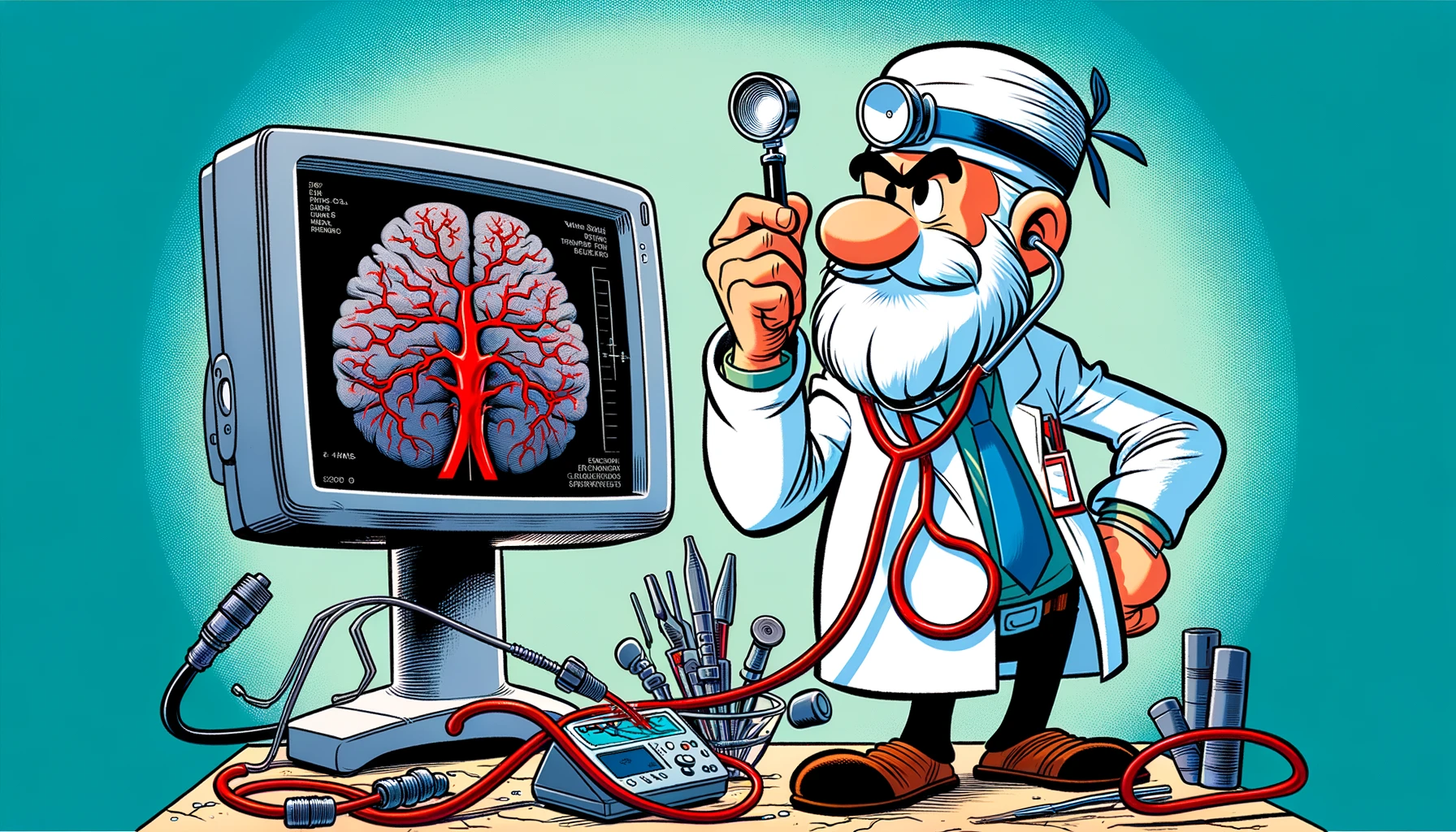Explore the groundbreaking advancements in moyamoya disease treatment through the development of the external carotid artery system, including the middle temporal artery, after direct-indirect revascularization surgery.
– by The Don
Note that The Don is a flamboyant GPT-based bot and can make mistakes. Consider checking important information (e.g. using the DOI) before completely relying on it.
Development of the external carotid artery system including the middle temporal artery after direct-indirect revascularization surgery for moyamoya disease.
Takahashi et al., J Clin Neurosci 2024
<!– DOI: 10.1016/j.jocn.2024.03.026 //–>
https://doi.org/10.1016/j.jocn.2024.03.026
Let me tell you, folks, we’ve done something incredible here. We’ve taken a deep dive into the world of moyamoya disease, a condition that’s been baffling people for years, and we’ve come up with some groundbreaking findings. We’re talking about a study that’s not just good, it’s great. We looked at 20 cases, real cases, to understand how we can better treat this disease through combined revascularization surgery. And let me tell you, the results? Astonishing.
We focused on something that hasn’t gotten the attention it deserves – the middle temporal artery (MTA). People said, “Why bother?” We said, “Why not?” And guess what? We found out that the MTA, along with other blood vessels, shows significant improvement after surgery. We’re talking about a clear increase in size three months post-surgery, and it keeps getting better at six months. This is huge. It’s a game-changer.
Before surgery, the MTA was like a ghost, hardly ever seen. But after surgery? It made a grand entrance in 55% of cases at three months, and by six months, it was there in 85% of cases. That’s not just good; it’s phenomenal. And let’s not forget about the STA parietal branch – our star for direct revascularization. It got bigger, much bigger, in more than half of the cases. We’re talking a 150% increase. That’s not just growth; that’s explosive growth.
So, what’s the bottom line here? Indirect revascularization is not just a possibility; it’s a reality, and it starts showing results in just three months. The MTA, previously overlooked, is now a key player. And as for the STA parietal branch, it’s showing us that direct revascularization has a bright future, though it varies from case to case.
In conclusion, we’ve done something remarkable. We’ve shed light on a path that was once dark, and we’ve opened doors to new possibilities for treating moyamoya disease. This study isn’t just a study; it’s a beacon of hope. And let me tell you, the future looks bright.
